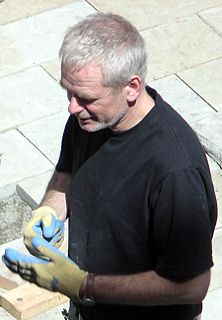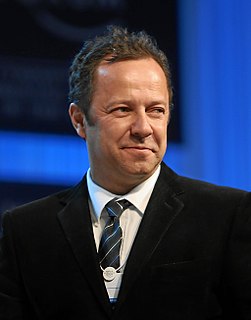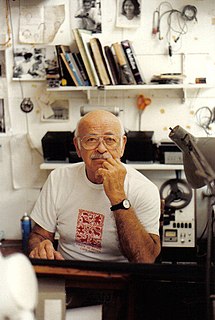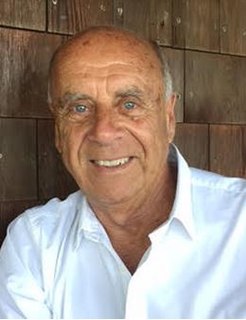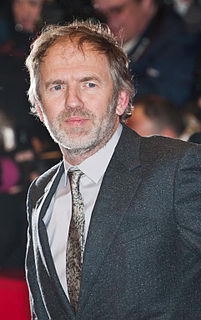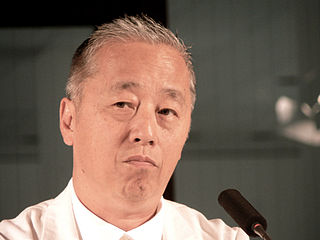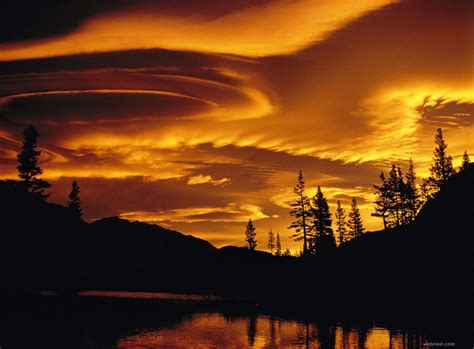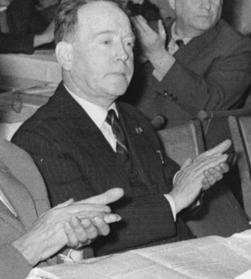A Quote by Andy Goldsworthy
The photography is not the aim of the work; the articulation of the work through photography is another way of understanding what's going on and what's happening outside.
Quote Topics
Related Quotes
I don't know that there were any rules for documentary photography. As a matter of fact, I don't think the term was even very precise. So as far as I'm concerned, the kind of photography I did in the FSA was the kind of photography I still do today, because it is based on passionate concern for the human condition. That is the basis of all the work that I do.
